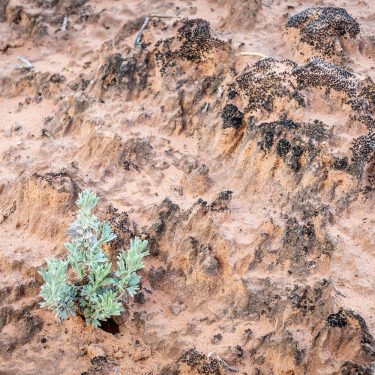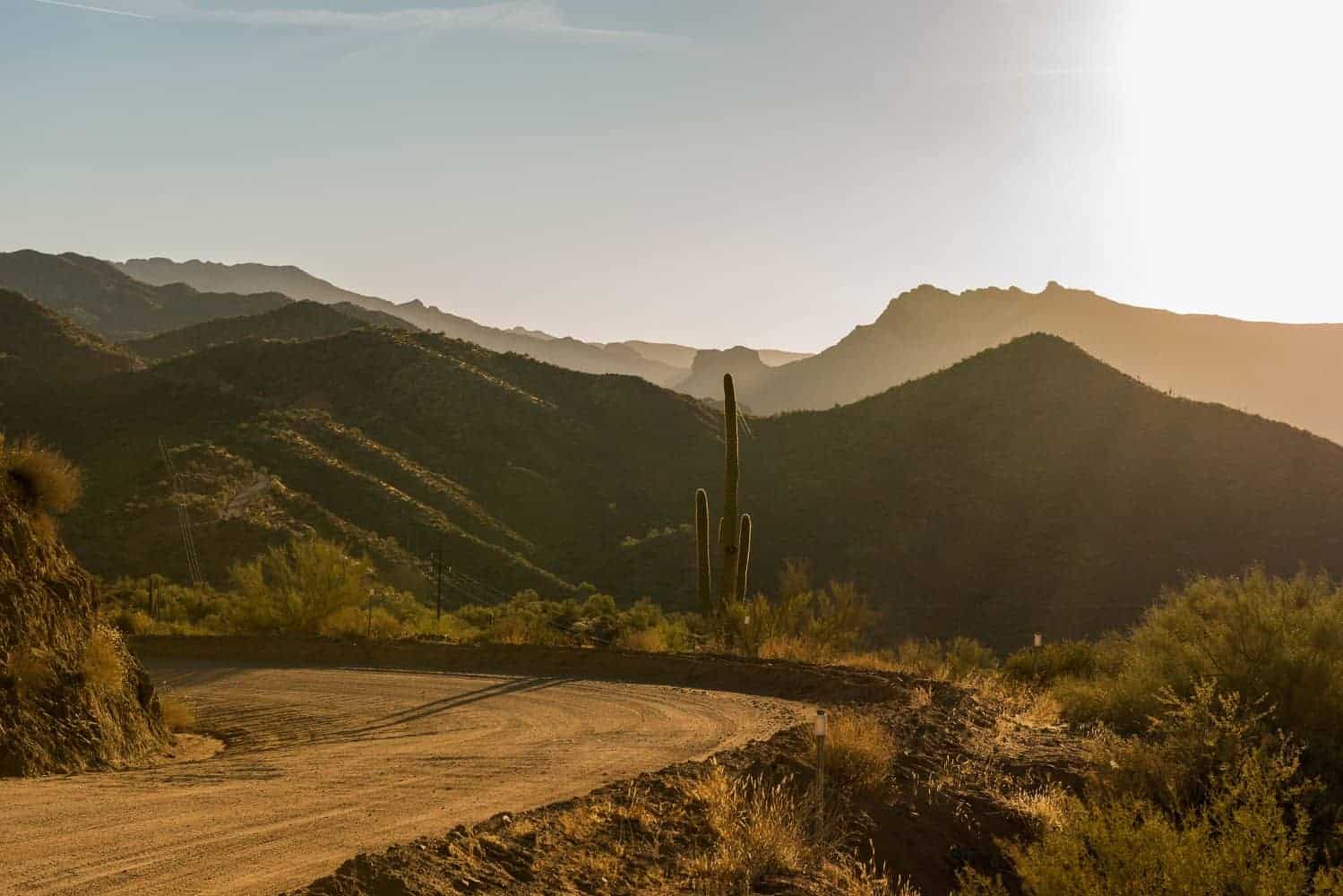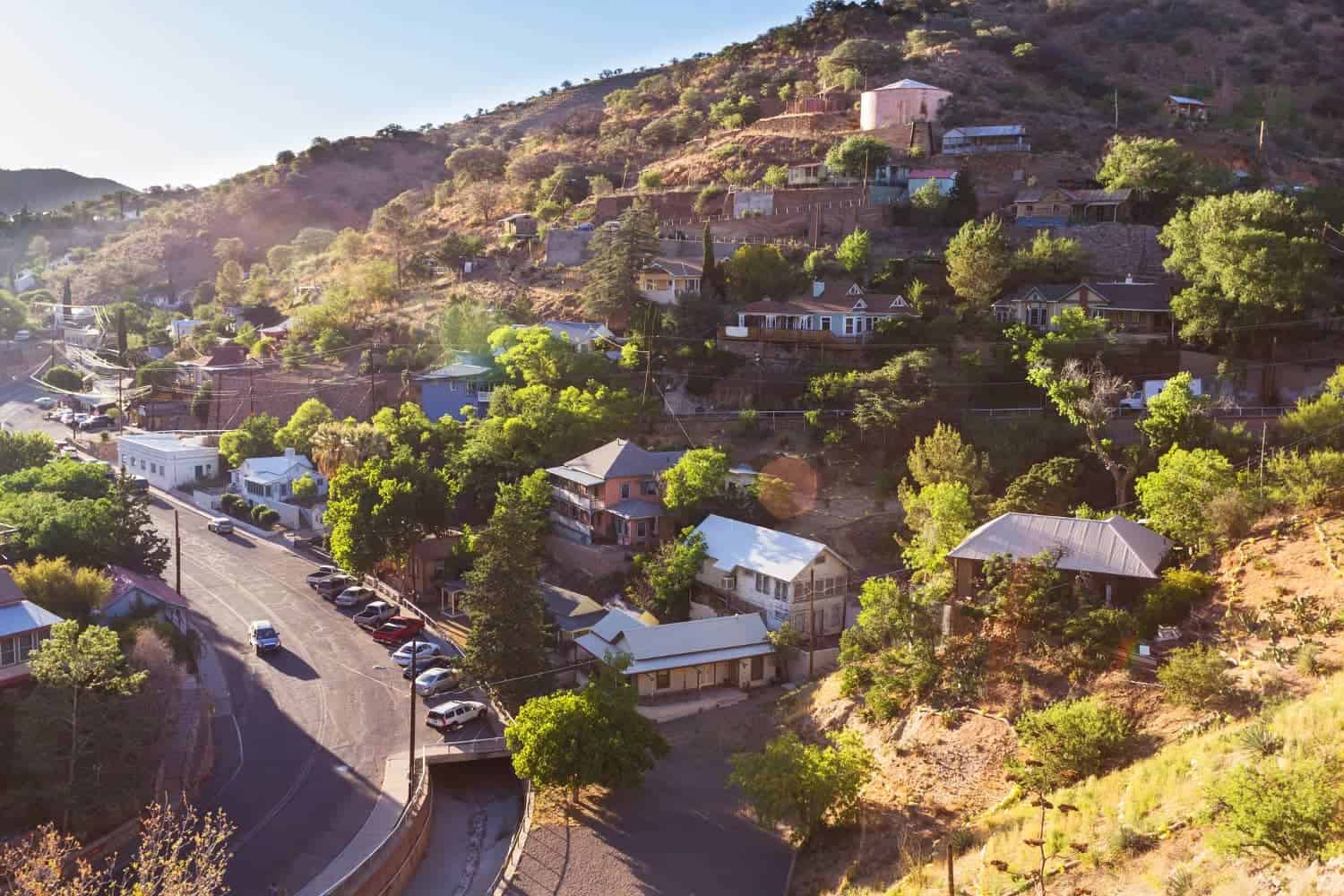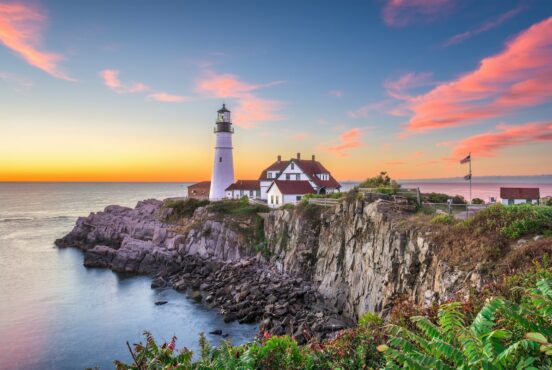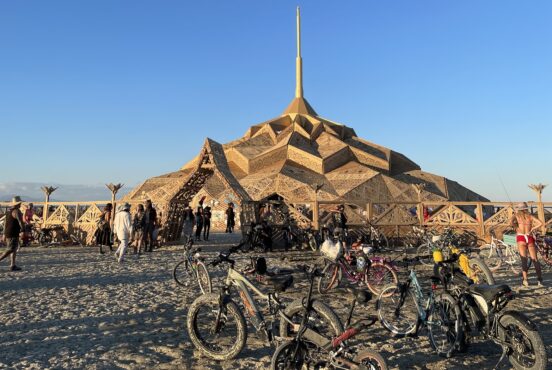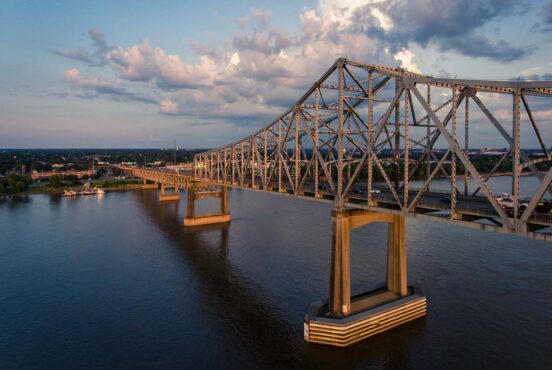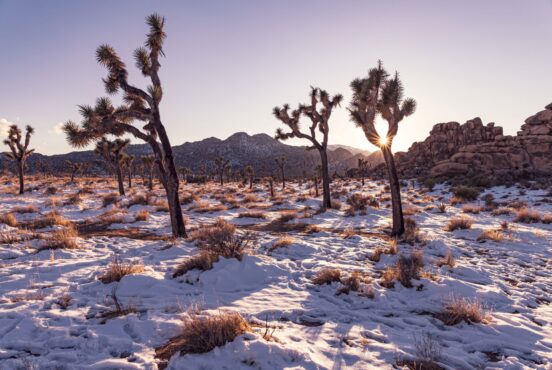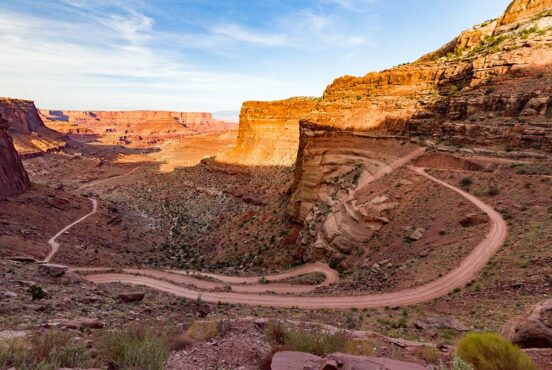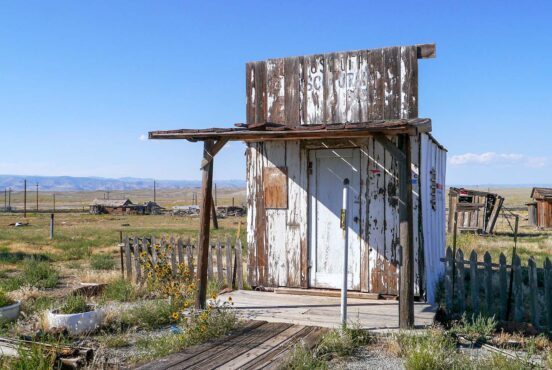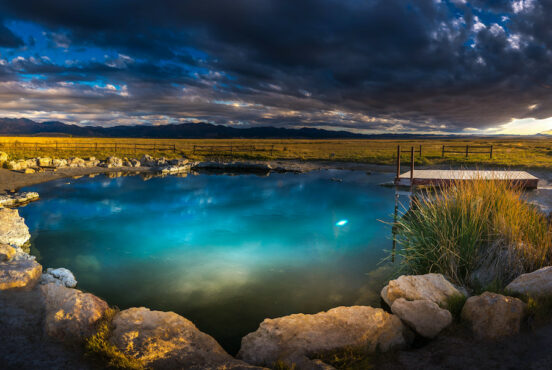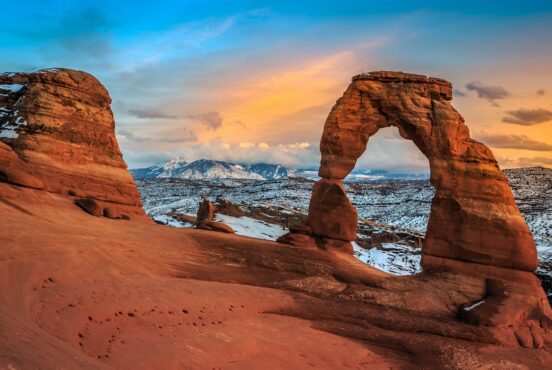Arizona’s a big ass place. A network of Interstates, more than 50 State Routes and 20 US Highways courses over its 113,000+ square miles, and even those stretches can only get you so far.
The amount of open space between our Interstates and highways is staggering, and for those willing to roam, ripe for exploration.
“People who live in Arizona have easy access to some of the most extraordinary landscapes on the entire planet,” says Rick Quinn, “and I’m continually amazed by how few Arizonans take advantage of more than a tiny fraction of their options.”
Rick is the author of the new book Arizona and New Mexico: 25 Scenic Side Trips, a guide to road trips that start and end at Interstate highways but take travelers into the heart of what makes the Southwest so captivating.
As fellow road trips enthusiasts, we asked Rick about some of his favorite trips, how to make the most of your excursions and where his travels will take him next.
Related:12 Chill Vacation Rentals in Albuquerque, New Mexico
What’s your favorite stretch of highway in Arizona?
For curves, views, and solitude, it’s hard to beat the Coronado Trail, US 191, which runs parallel to the eastern border of Arizona, between Alpine and Morenci. There are more than 430 switchbacks in just 92 miles. It’s one of the least traveled roads in the US Highway system, so in the right season, at the right time of day, good odds you’ll be all alone on that beautiful road.
One of my favorite drives purely for scenery is AZ 89A from Prescott north through Jerome, Sedona, and Oak Creek Canyon. Unfortunately, that stretch is the opposite of the Coronado Trail, in the sense that you’re never alone. The traffic can get just plain silly, especially on weekends and in peak tourist season.
My favorite adventurous drive is the Apache Trail, AZ 88 from Apache Junction to Roosevelt Lake. There’s a 20-mile segment east of Tortilla Flat that has never been paved, and it’s still the Wild West out there.
Related Read: 14 Vanlife Hacks: How to Make Van Living Easier
What side trip would you recommend for Arizonans?
The whole purpose of my book is to get people out into the countryside beyond the Interstate Highways, and that’s my generic recommendation: get off the freeways, and go someplace you’ve never been before.
It’s a vast territory, and the range of possibilities is staggering; my book provides some fairly specific guidance and includes a little of everything, for the benefit of first-time visitors and seasoned old geezers alike.
Are there any scenic trips that don’t get as much love as they should?
Southern Arizona gets short-changed by most visitors, especially the area south of Tucson. There are some great little towns down there; Bisbee and Tombstone, Patagonia and Sonoita.
It’s a seriously beautiful area, with a lot of interesting history. A couple of my side trips explore that part of the state that lies south of Interstate 10. It’s all very close to the border with Mexico; some people are put off by that, but for me that’s part of the appeal.
What tips would you offer on taking memorable road trip photos and logging your experiences?
Keep your camera ready at hand, and always be prepared to pull over and stop if you see something beautiful or strange. That’s one major advantage to traveling off the Interstates; you don’t need to wait for an exit, you can stop just about anywhere you like.
The best time of day for photography is the “golden hour” when the sun is close to the horizon, just after sunrise, and just before sunset. When you’re traveling, try to set your pace and sequence your itinerary so that you’re in a good spot for the sunset; a lot of the side trips in my book are structured with that in mind.
Taking advantage of the sunrise is much harder; you have to get up and get going while it’s still full dark, and sometimes freezing cold. If you’re passionate about photography, losing a little sleep is a small price to pay for that wonderful morning light.
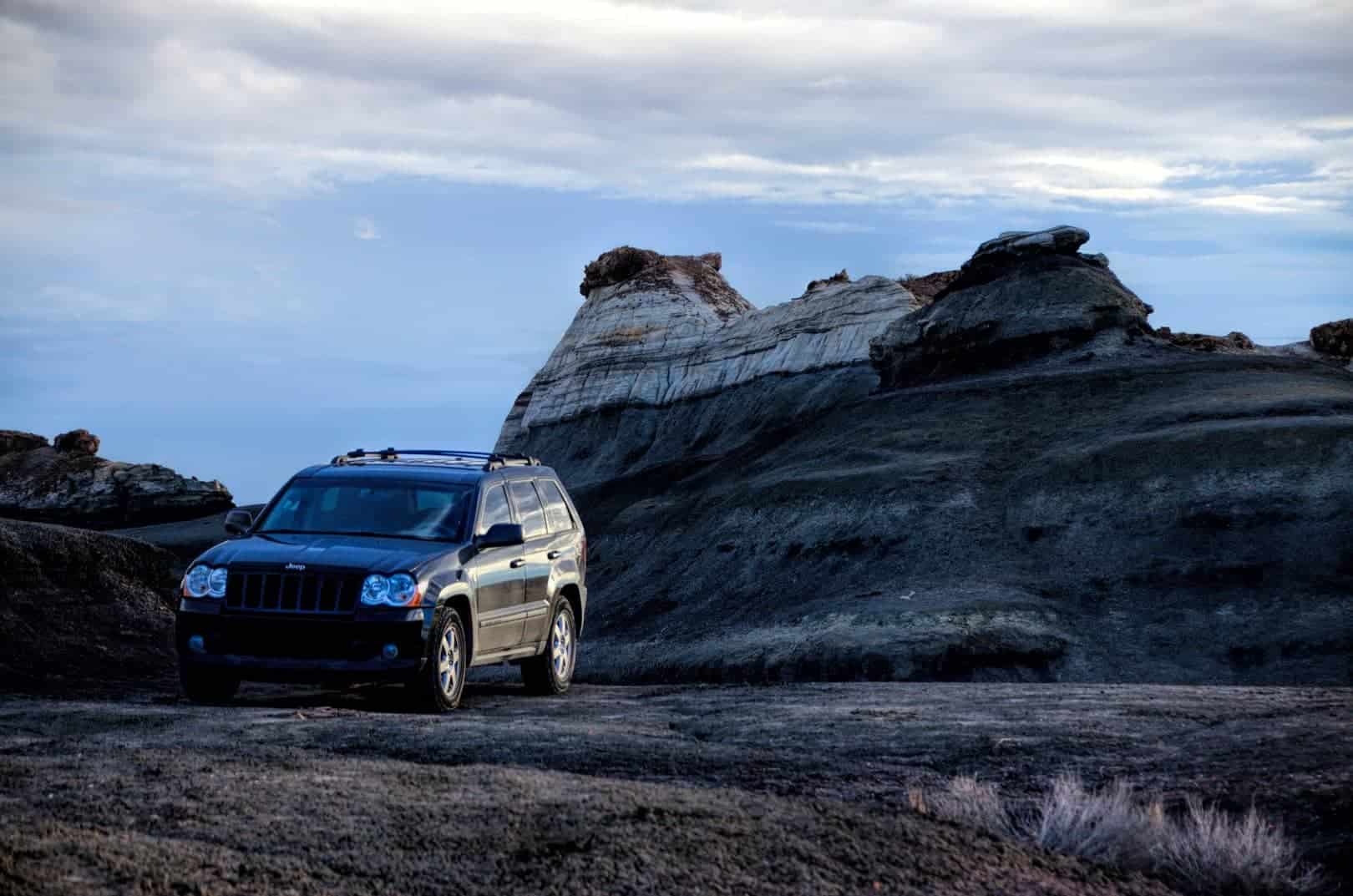
Assuming you’re shooting digital images, make sure you have plenty of memory cards, and extra spare batteries, more of both than you think you’ll need. Keep those batteries charged, and the memory cards backed up. Make that part of your nightly routine: at the end of each day of traveling, always back up your photos, into the cloud, a portable drive, or both!
Modern cameras “time-stamp” every image file so it’s easy to keep your pictures in sequence. Make a habit of snapping an occasional road sign, mile marker, or prominent landmark as you go along, anything that fixes your location at a given time-stamped moment. Having such reminders in your sequence of photos makes it a whole lot easier to keep track of where you were when you shot each set of pictures.
As for notes: if you have a smartphone, that means you have a voice recorder, and once you get accustomed to using your phone for that purpose, it’s by far the easiest way to take field notes.
What challenges did you run into traveling and preparing the material for your book?
I created the format for the book, and I created all the routes that I wrote about, but there was a practical upward limit to the length of the finished book, and of any given chapter.
I cover hundreds of points of interest and thousands of miles of highways, so it was an ongoing challenge, deciding what to include and what to leave out. I wasn’t trying to be comprehensive.
My book is more about the journey than the destinations, but I wanted to provide a good balance of description and background information, all the while holding down the word count.
Here’s the scenario: you can only take one more road trip in your life. Where do you go?
Well, since you didn’t restrict my time, or the budget, I’d do an around-the-world road trip! Start from Arizona, head south through Mexico and Central America to Panama, ship the vehicle to Colombia, do a complete clockwise circuit of South America, ship the vehicle to Africa—and keep going like that for as many years as it takes to see it all! (If you’re gonna dream, dream big!)
What’s your approach to planning a road trip: play it by ear, or have an organized itinerary?
I do a little bit of both. I love the serendipity of an unplanned trip, the incredible sense of wonder that goes along with seeing some amazing thing that’s completely unexpected. (I have a post in my blog called Buffalo Sunrise, about that very thing.)
You can take that method to an extreme and do no planning at all; there was a time in my life when that was my favorite approach, but when you do that, you run the risk of missing something important.
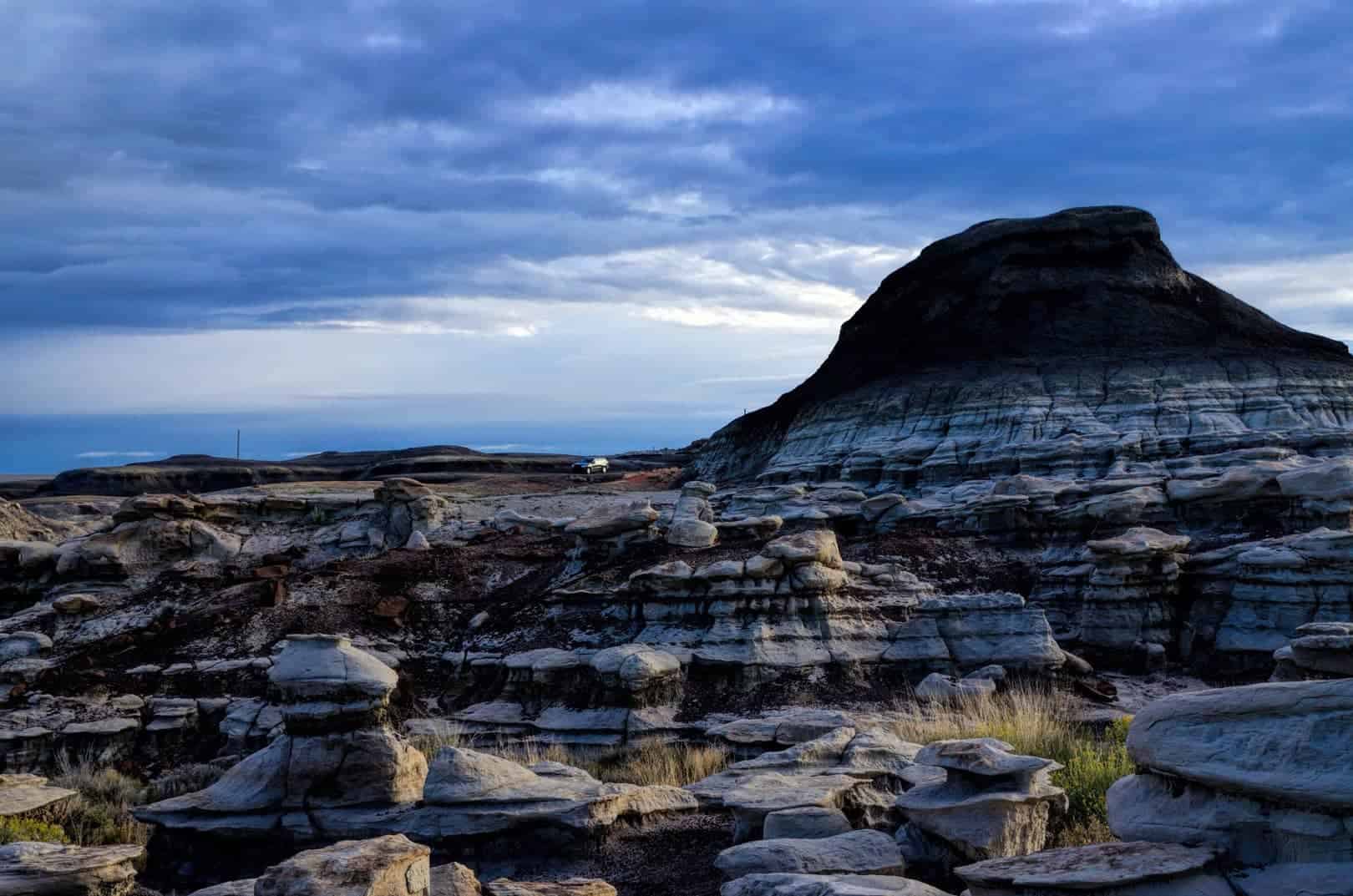
The best approach — in my opinion — is to seek the advice of the locals.
Go to the place, wherever it might be, and ask around. Talk to the Park Rangers at the National Park Visitor’s Center, or the cashier at the convenience store, or the bartender at the local saloon, and ask them: “If I can only be here one single day, what’s the very best thing to see and do?”
Most of the time, they’ll give you better advice than any guide book.
Rick Quinn was born and raised in Arizona and considers himself a “veteran road tripper,” having traveled and lived around the world, from South America to Paris. He’s the author of Arizona and New Mexico: 25 Scenic Side Trips, a photographer and contributor to RoadTripAmerica.com. You can learn more about Rick and his book here.
Explore Arizona!
Get epic travel ideas delivered to your inbox with Weekend Wanderer, our newsletter inspiring thousands of readers every week.
Seen in: Arizona, New Mexico, Road Trips, Southwest

